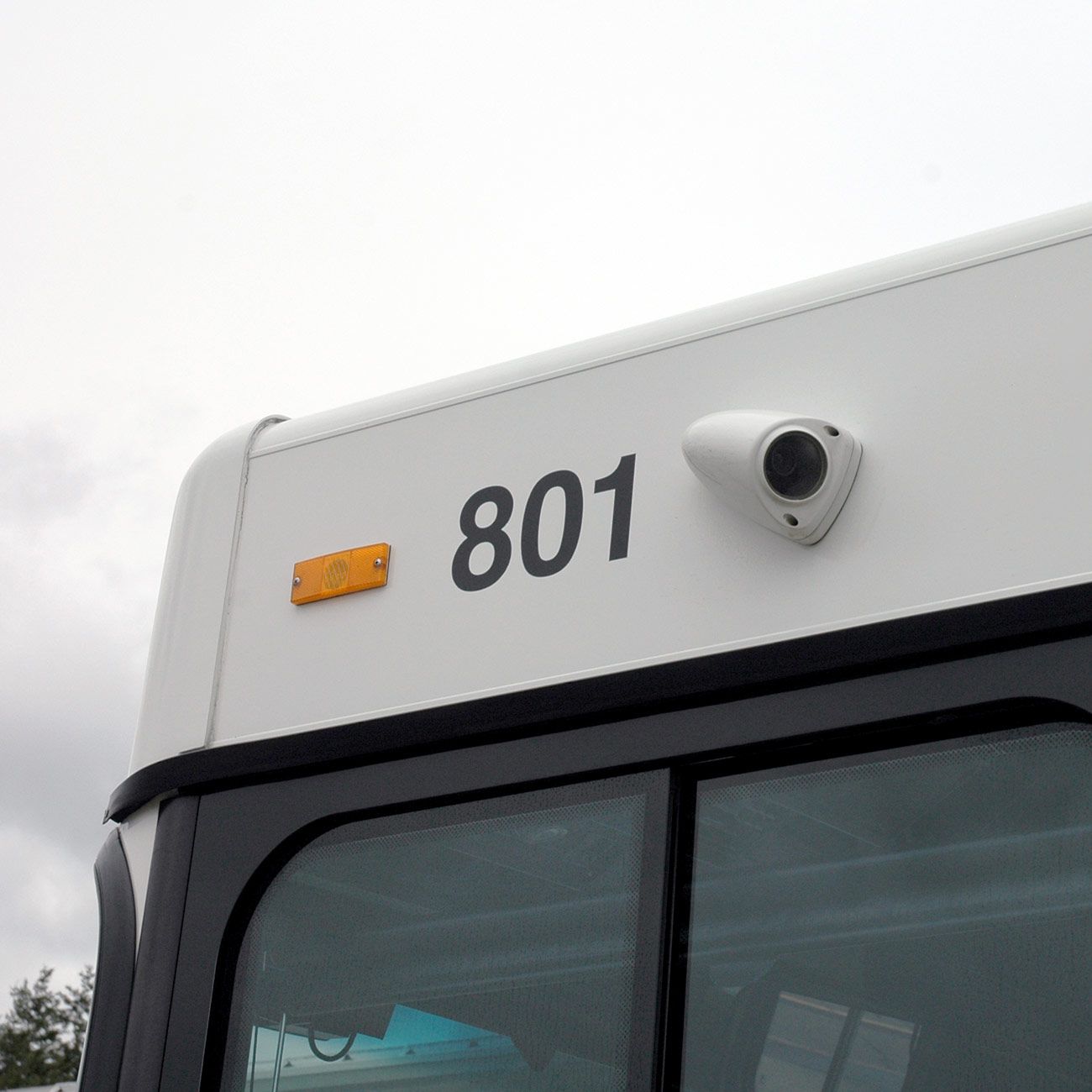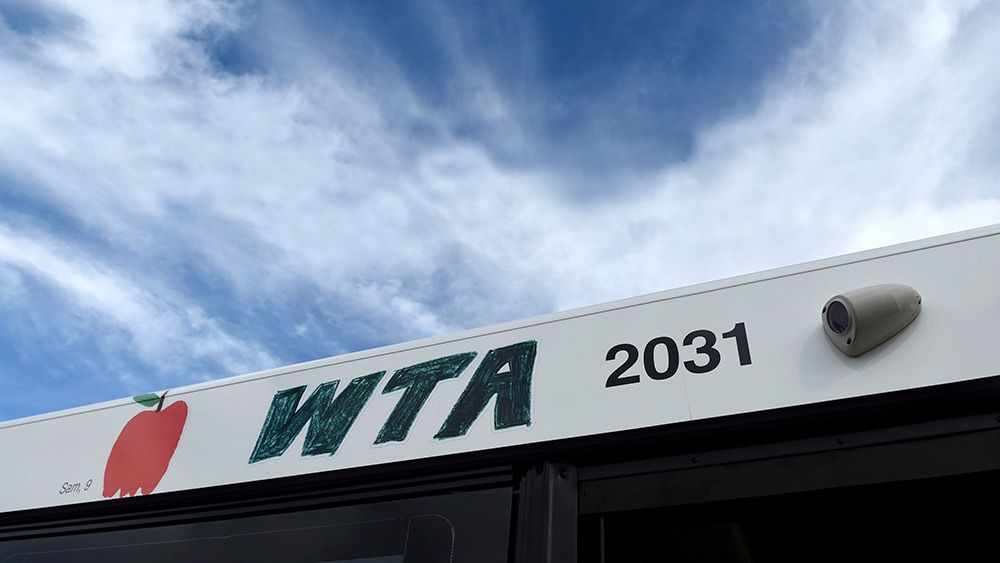Today, free Wi-Fi is available almost anywhere – from coffee shops and airports to gyms and restaurants. Yet internet connectivity is often not available in the places where it makes the most sense: public transportation. Ventura County Transportation Commission (VCTC) in Southern California is one transit agency changing the way cellular technologies and mobile video surveillance solutions integrate with existing on-board systems to feed free and reliable Wi-Fi to passengers while improving agency efficiency with automated and on demand high-speed video downloads.
VCTC’s transportation offerings include: VCTC Intercity, a service widely used by commuters that connects Ventura County with the neighboring counties of Santa Barbara and Los Angeles; and the Valley Express, a fixed-route transportation service for ADA-paratransit and general purpose dial-a-ride services operating throughout Heritage Valley in Ventura County.
The Intercity bus line was the only pre-existing service to offer cellular connectivity to commuters. However, when choosing to partner with Apollo Video Technology (now Luminator Technology Group) to deploy interior and exterior mounted cameras and management software, the agency realized they could further advance their system with the RoadRunner™ Mobile Cellular Solution to ensure fast, easy and secure access to their fleet of video recording systems. The ability to download video automatically at high-speeds from triggered events, and to request additional clips at any time through user-friendly search tools saves VCTC invaluable administrative and operational time. The forward and backward compatible technology of the RoadRunner system will be an advantage if VCTC decides to expand or upgrade their solution in the future.
With this wireless data network solution, VCTC has not only upgraded the equipment used to provide a highly-sought after perk for commuters, but also reduced the time spent resolving incident investigations and streamlined maintenance and operations across its fleet of fixed-route and commuter vehicles. Built specifically for transit environments, the wireless router offers a high-power output for long-range Wi-Fi access and multiple client connections for downloading video and data from onboard devices. Law enforcement and transit managers are able to view live video footage through a mobile application anywhere, and with a consistent and reliable internet connection offered to all commuters, VCTC Intercity has seen passenger Wi-Fi usage increase by 10 – 25 percent on all buses.
“By leveraging the investment in our new video system, we are able to provide free Wi-Fi to the commuters on our local bus service – giving them the freedom to relax and stream their favorite music or get a head start on the work day,” said Aaron Bonfilio, transit services program manager of VCTC.
The installation of the RoadRunner system has also helped the agency mitigate unfounded complaints. VCTC has utilized its onboard cameras to investigate incidents occurring on and around their vehicles, such as a bus leaving a stop early or a driver forgetting to provide a transfer ticket. The agency has noticed that having easily accessible video speeds up the investigation process by confirming or refuting passenger complaints. Many are now resolved within 24 hours.
“Whether it’s a slip-and-fall inside the bus or an incident with another driver on the road, the on-board video equipment has proven extremely useful when it comes to investigations,” said Bonfilio.
In addition to using on-board video recording to investigate incidents, the live video feed capability has also come to provide value to VCTC. The agency recently took full advantage of the live feed video on its on-board cameras to assess road conditions and freeway shutdowns during a major snow storm. Watching from the bus drivers’ vantage point to see the actual road conditions versus only receiving descriptions over the radio helped the transit agency most efficiently determine the best path forward for its affected bus routes.
When it came time to decide on a technology partner, Bonfilio cited the company’s reputation and long track record in the industry as one of the evaluation panel’s deciding factors. And, like most agencies across the country, having some predictability over operation resources is extremely important. Bonfilio valued the company’s low reoccurring expenses and exceptional regional support services – both having big impact on the decision.
“Many agencies receive grant funding to improve public transportation and purchase new equipment, yet few get operational funding to use towards actually operating the equipment deployed,” said Bonfilio. “Being able to buy the equipment one time with very low recurring expenses is a big deal to a transit agency.”
Bonfilio believes that it is important for vendors to think about new ways agencies can leverage and integrate technology offerings into their operational processes. Often, transit agencies buy equipment from multiple vendors and end up running different components on vehicles that are incapable of back-and-forth communication. With the help of the company’s knowledgeable staff, VCTC’s transit operations have started to evaluate methods to integrate and consolidate their onboard assets, such as expanding the wireless communications footprint to include their Mobile Data Terminals used for ADA-Paratransit.
"As we start looking at ways to integrate existing technology on our vehicles, the RoadRunner system may eliminate the need for yet another piece of technology, and save the agency precious transit dollars,” said Bonfilio.






